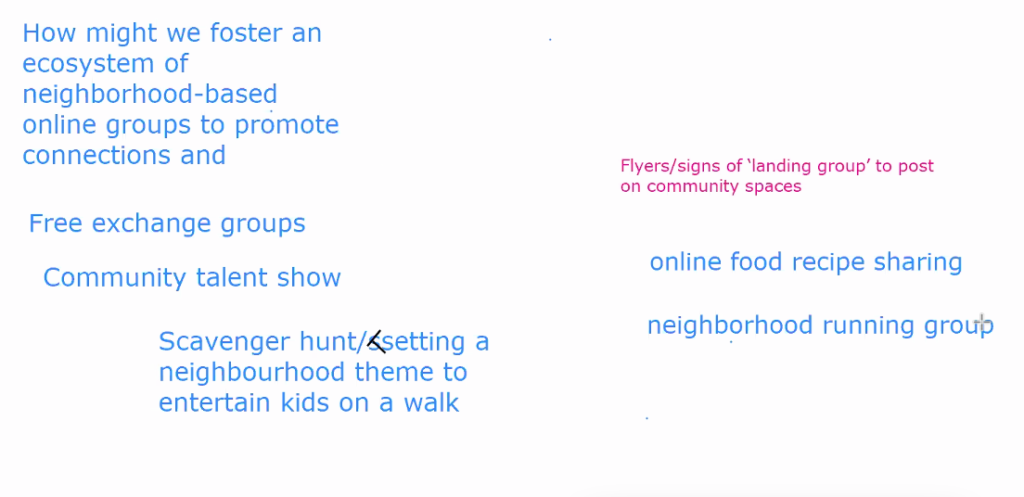Whereas I cannot say that I am a candidate for joining the ‘Back to the Flip Phone’ movement, living without a phone for 24 hours made me realize that I am not as dependent on it as I thought. Perhaps we can say I am independent enough from my phone to not warrant going back to get it if I forgot it at home.
This exercise challenged me to think about my relationship with my phone in three main ways:
- The artifact that is my phone. I have made choices that ensure it a space in my daily routines and physical proximity to me always: the case I bought for it stores my MIT ID, which is also my Charlie Card, and my credit card. Most days, I can go out with my phone and not even need a wallet. The phone itself is one of the smaller iPhones that I purchased new in 2016, after careful research on battery life, with the intention to keep a small phone for as long as possible — or long after phone makers phased out the small phones. It fits comfortably within all the pockets of my clothing.
- What my phone does provide and could not be easily substituted. Outside of obvious communications functions, the only challenge that my phone is very good at solving without needing much research or planning is the mess that is the Boston transport system. At the same time, having grown up in a city where standing for long enough (less than five minutes) at a stop is all you need to ride on the bus or the metro, I cannot understand how people used the MBTA before smartphones with live updates. I could perhaps go back to a flip phone in Mexico City, but certainly not in Boston. Living without a phone for 24 hours meant that I had to change my transportation decisions in a way that reduced the unreliability but lengthened the commute. I did not have to go to new places, which I find would have been much harder without access to the maps.
- Perhaps unsurprisingly, staying entertained, which is ultimately the main way I use my phone, was not a challenge. Perhaps I missed the ability to listen to music and take photos during my commutes, but I cannot say that I was bored. In this point, I can add that, in parallel to me not using the phone for 24 hours, I aimed to reduce the screen time of two kids under my care. Removing the tablets from their beds meant that, when they woke up, they were peacefully keeping themselves entertained with self-talk and daydreaming in their bed — not wrecking the room as I had predicted.
I think that the framing of phone usage and addiction is loaded with moral panics with bizarre groundings (when exactly does phone usage become “unhealthy?”), and I see it as language that ultimately erases the struggles of individuals who have been diagnosed with addiction to substances. We see a similar panic in the parenting spheres online: fears around screen time and cognitive decay in children, much of it refuted by youth and media research. At the same time, there are times I wish I used my phone less, simply because I do mindlessly consume a lot of content that, in my mind, does not lead to quality relaxation. This exercise has encouraged me to be more active in looking for the limits that most resonate with my intentions.
